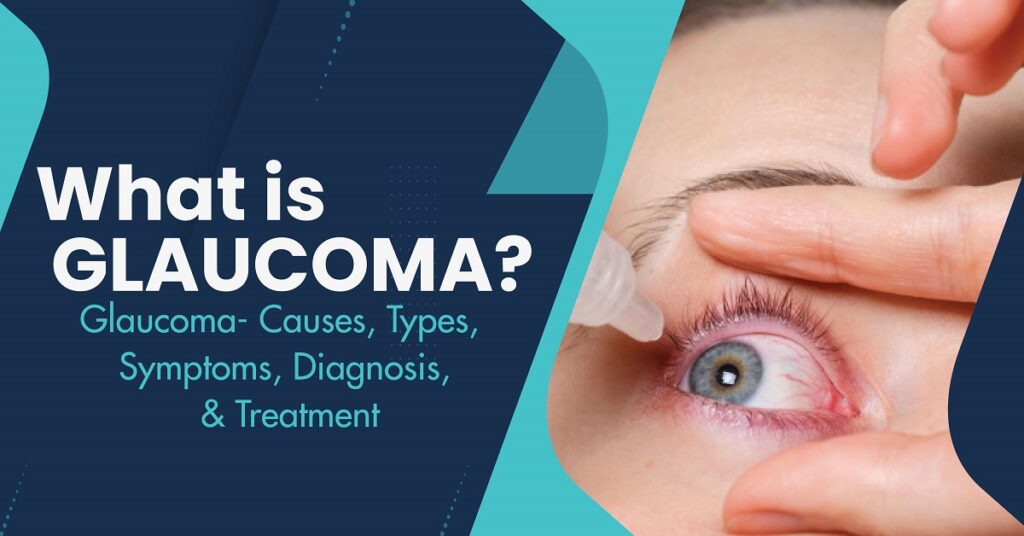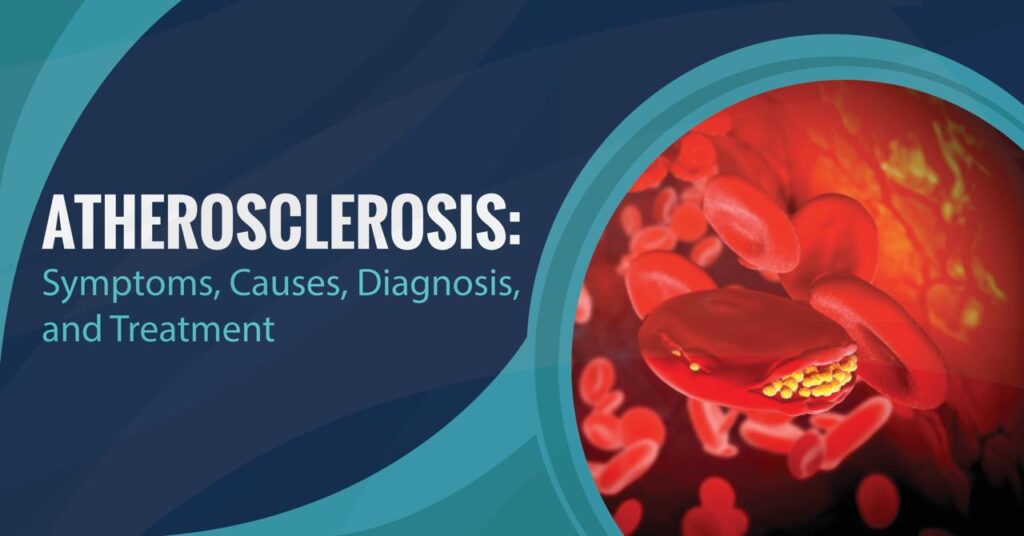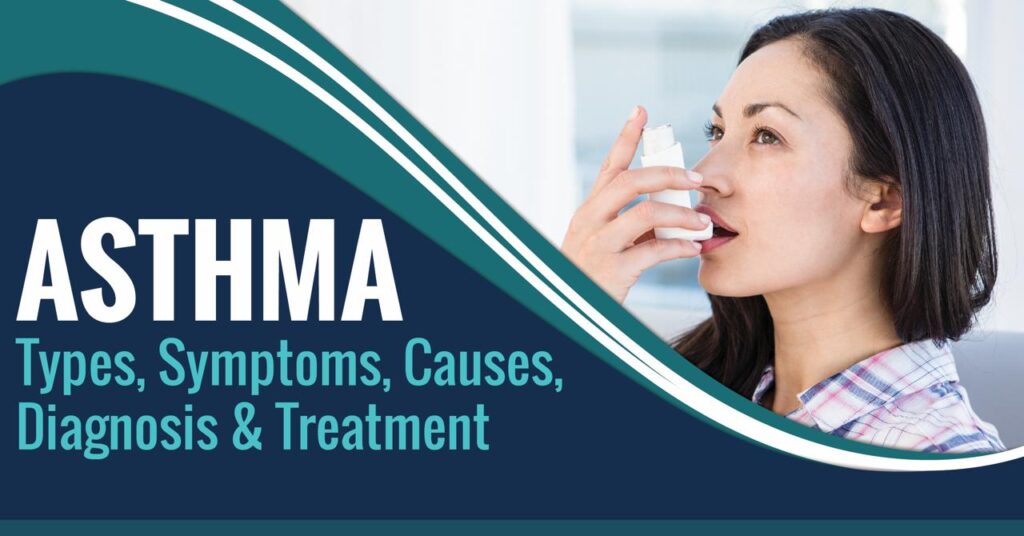Introduction
Aspergillosis is a fungal infection caused by the Aspergillus species, a group of molds that are ubiquitous in the environment. While exposure to Aspergillus spores is common, most individuals can fend off these fungal intruders without issue. However, for those with weakened immune systems, this fungal menace can lead to serious infections. In this comprehensive article, we will delve into the various aspects of aspergillosis, including its symptoms, causes, diagnosis, treatment, prevention, and associated risk factors and complications.
Symptoms of Aspergillosis
The symptoms of aspergillosis can vary widely depending on the form of the infection and the individual’s immune system. There are several types of aspergillosis, each with its unique set of symptoms:
1. Allergic Bronchopulmonary Aspergillosis (ABPA)
ABPA typically affects individuals with asthma or cystic fibrosis and is characterized by an allergic response to Aspergillus spores. Symptoms may include:
● Wheezing: A high-pitched whistling sound when breathing.
● Coughing: Persistent cough, often with mucus production.
● Breathlessness: Difficulty in breathing, especially during physical activity.
● Fever: Mild fever may occur.
● Excessive Mucus Production: Increased production of mucus in the airways.
● Chest Discomfort: Discomfort or pain in the chest area.
You Can Read also:- Angioplasty: Types, Benefits, Procedure, Risks, and Recovery
2. Invasive Aspergillosis
This is the most severe form of aspergillosis and occurs mainly in individuals with compromised immune systems. Symptoms can be systemic and severe:
● High Fever: Sudden onset of a high fever that doesn’t respond to typical fever-reducing medications.
● Chills: Intense shivering and cold sensations.
● Fatigue: Profound and unexplained tiredness.
● Chest Pain: Sharp or dull chest pain, often exacerbated by breathing.
● Shortness of Breath: Difficulty in breathing, sometimes with a feeling of suffocation.
● Cough with Bloody Sputum: Coughing up blood-tinged mucus.
● Headaches: Frequent and severe headaches.
● Skin Lesions: Skin lesions or rashes may develop in some cases.
3. Chronic Pulmonary Aspergillosis
This form often affects individuals with underlying lung conditions. Symptoms include:
● Fatigue: Persistent tiredness.
● Weight Loss: Unintentional weight loss.
● Cough: Chronic cough that may produce blood-tinged sputum.
● Breathlessness: Difficulty in breathing, especially during exertion.
● Chest Pain: Discomfort or pain in the chest region.
● Recurrent Respiratory Infections: Frequent respiratory infections, such as pneumonia or bronchitis.
4. Aspergilloma
Also known as a fungal ball, an aspergilloma is a mass of fungus that can form in pre-existing lung cavities, often seen in people with prior lung damage. Symptoms include:
● Coughing up Blood (Hemoptysis): Coughing up blood-tinged or bloody sputum.
● Chest Pain: Discomfort or pain in the chest area.
● Fatigue: Persistent tiredness.
● Breathlessness: Difficulty in breathing.
Causes of Aspergillosis
Aspergillosis is caused by exposure to the Aspergillus mold. This mold is commonly found in the environment, particularly in soil, decaying vegetation, and compost piles. Inhalation of Aspergillus spores is the primary route of infection. However, it’s essential to note that not everyone exposed to Aspergillus spores will develop the infection. Several factors can increase the risk of aspergillosis, including:
● Weakened Immune System: Individuals with weakened immune systems, such as those with HIV/AIDS, undergoing chemotherapy, or receiving organ transplants, are at a significantly higher risk of developing aspergillosis.
● Lung Conditions: People with pre-existing lung conditions like asthma, cystic fibrosis, or chronic obstructive pulmonary disease (COPD) are more susceptible to aspergillosis.
● Long-term Corticosteroid Use: Prolonged use of corticosteroid medications can weaken the immune system and increase vulnerability to aspergillosis.
● Hospitalization: Patients in intensive care units and those on mechanical ventilation are at increased risk due to the hospital environment and underlying health conditions.
● Environmental Exposure: Occupational exposure to organic dust, such as in agriculture or construction, can elevate the risk of aspergillosis.
You Can read also:- Multiple Myeloma: Symptoms, Causes, Diagnosis and Treatment
Diagnosis of Aspergillosis
A timely and accurate diagnosis of aspergillosis is crucial for effective treatment. Diagnostic methods vary depending on the type and severity of the infection:
● Clinical Evaluation: A healthcare provider will conduct a thorough clinical evaluation, which includes reviewing the patient’s medical history and symptoms. They will pay special attention to any underlying conditions that may weaken the immune system or increase the risk of aspergillosis.
● Imaging: Imaging studies, such as chest X-rays and CT scans, can reveal characteristic signs of aspergillosis. These may include the presence of lung cavities, masses, or other abnormalities in the lung tissue.
● Laboratory Tests: Several laboratory tests may be performed to diagnose aspergillosis.
○ Sputum Culture: A sample of the patient’s sputum (mucus) may be collected and cultured to identify the specific type of Aspergillus mold causing the infection.
○ Blood Tests: Serological tests can detect the presence of antibodies against Aspergillus, indicating exposure or infection.
○ Bronchoscopy: Invasive diagnostic procedures, such as bronchoscopy, may be necessary to obtain samples of lung tissue for further testing. This is especially common in cases where other diagnostic methods are inconclusive.
● Biopsy: In severe cases of aspergillosis, a lung biopsy may be required to confirm the diagnosis and identify the extent of the infection. A small sample of lung tissue is removed for examination under a microscope.
Risk Factors of Aspergillosis
While anyone can be exposed to Aspergillus spores, certain factors increase the risk of developing aspergillosis:
● Weakened Immune System: Individuals with weakened immune systems are at the highest risk of developing aspergillosis. This includes individuals with conditions such as HIV/AIDS, those undergoing chemotherapy, and recipients of organ transplants.
● Lung Conditions: People with pre-existing lung conditions are more susceptible to aspergillosis. This includes individuals with asthma, cystic fibrosis, and chronic obstructive pulmonary disease (COPD).
● Long-term Corticosteroid Use: Prolonged use of corticosteroid medications, which are often prescribed for autoimmune disorders and other conditions, can weaken the immune system and increase vulnerability to aspergillosis.
● Hospitalization: Patients in intensive care units and those on mechanical ventilation are at an increased risk of aspergillosis due to the hospital environment and their underlying health conditions.
● Environmental Exposure: Occupational exposure to organic dust, such as in agriculture, construction, or other industries, can elevate the risk of aspergillosis. Workers in these environments may inhale a higher concentration of Aspergillus spores.
Complications of Aspergillosis
Aspergillosis can lead to severe complications, especially in cases of invasive aspergillosis. Complications may include:
● Spread to Other Organs: The infection can spread beyond the lungs to affect other parts of the body, including the brain, heart, kidneys, and skin. This can lead to life-threatening conditions.
● Abscess Formation: Aspergillosis can lead to the formation of abscesses, which are pockets of pus, in the lungs or other affected organs. These abscesses can be difficult to treat and may require surgical intervention.
● Chronic Lung Conditions: Even after successful treatment, aspergillosis can cause permanent lung damage, leading to chronic respiratory problems. This can result in reduced lung function and long-term breathing difficulties.
● Death: Invasive aspergillosis has a high mortality rate, especially in individuals with weakened immune systems. Early diagnosis and prompt treatment are crucial for improving outcomes and reducing the risk of fatality.
Treatment of Aspergillosis
The choice of treatment for aspergillosis depends on the type and severity of the infection, as well as the individual’s overall health:
● Antifungal Medications
○ Voriconazole: This is the primary treatment for invasive aspergillosis and is highly effective in treating the infection.
○ Amphotericin B: In cases where voriconazole is ineffective or not tolerated, amphotericin B may be used as an alternative.
○ Itraconazole: Used for chronic pulmonary aspergillosis, itraconazole can help manage the infection and prevent recurrence.
○ Caspofungin: Caspofungin is an alternative antifungal medication for patients who cannot tolerate voriconazole or amphotericin B.
● Surgical Intervention: In cases of aspergilloma or lung abscesses, surgery may be required to remove the fungal mass or damaged tissue. Surgical intervention is often reserved for cases where antifungal medications are ineffective or when complications arise.
● Managing Underlying Conditions: If the aspergillosis infection is associated with an underlying lung condition, such as asthma or cystic fibrosis, managing that condition is crucial. Effective management of the underlying condition can help reduce the risk of recurrent aspergillosis.
● Immune Support: Patients with compromised immune systems may benefit from immune-enhancing therapies, such as granulocyte colony-stimulating factor (G-CSF). These treatments aim to boost the immune response and help the body fight off the infection more effectively.
● Preventing Re-infection: Patients who have successfully treated aspergillosis should take measures to prevent re-infection. These measures include:
○ Avoiding Mold-Prone Environments: Minimize exposure to environments where Aspergillus is prevalent, such as construction sites, compost piles, and areas with heavy organic debris.
○ Using Air Filtration: In indoor settings, especially in hospitals or healthcare facilities, using high-efficiency particulate air (HEPA) filters can reduce the concentration of airborne Aspergillus spores.
○ Protecting the Immune System: Maintain a healthy lifestyle, get adequate rest, and follow your healthcare provider’s recommendations to strengthen your immune system.
○ Corticosteroid Use: If you require long-term corticosteroid therapy, discuss the risks and benefits with your healthcare provider. They may monitor you more closely or adjust your treatment plan to minimize the risk of infection.
○ Antifungal Prophylaxis: In some cases, especially for high-risk patients, antifungal medications may be prescribed as a preventive measure to reduce the risk of aspergillosis.
Conclusion
Aspergillosis is a potentially serious fungal infection that primarily affects individuals with weakened immune systems or underlying lung conditions. Prompt diagnosis and appropriate treatment are vital to improving outcomes and reducing complications. Understanding the risk factors and adopting preventive measures can also play a crucial role in reducing the incidence of aspergillosis. If you suspect you may have aspergillosis or are at risk, consult a healthcare provider for guidance and appropriate care. By staying informed and taking proactive steps, individuals can better protect themselves against this fungal menace.








